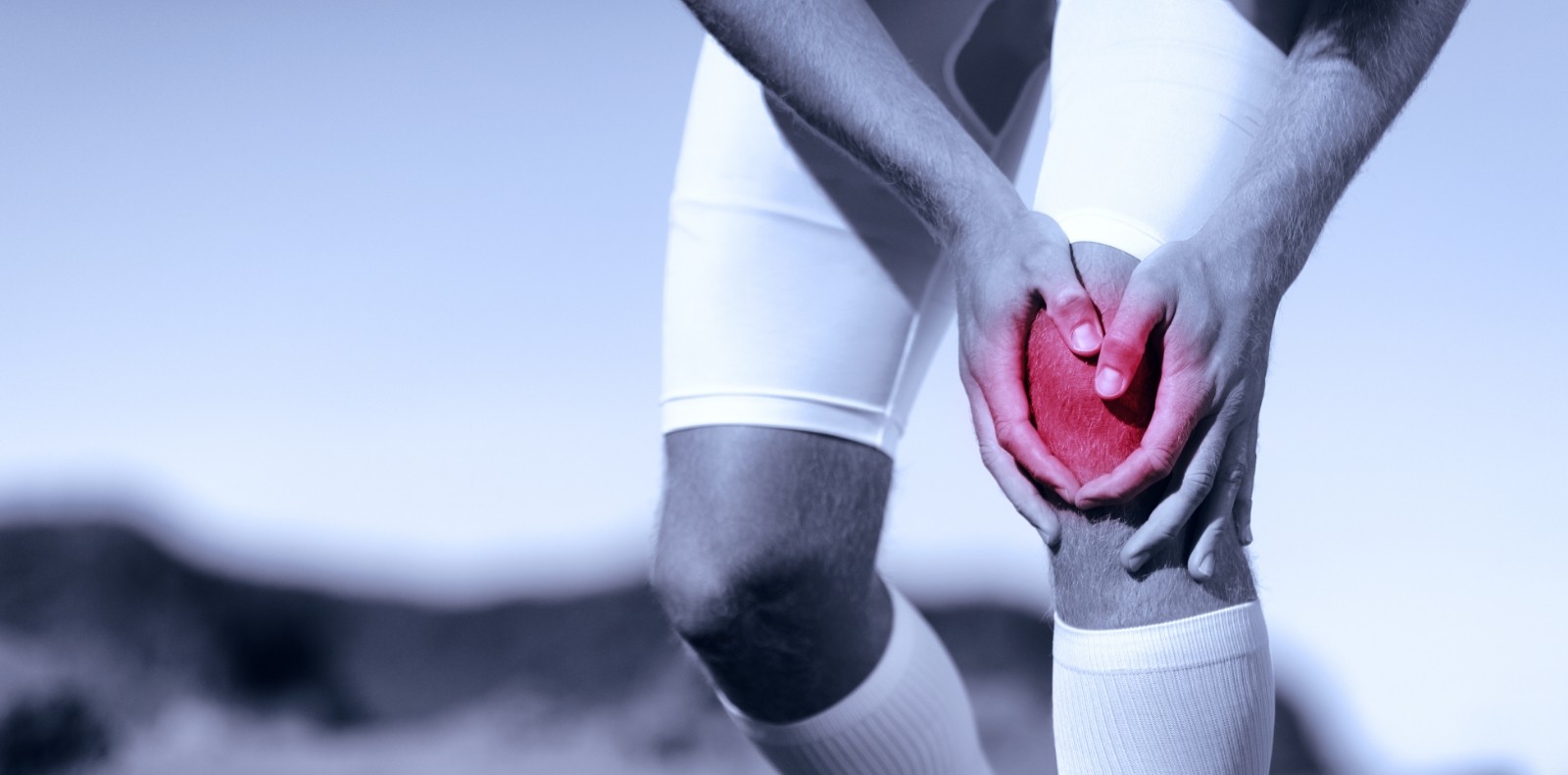The Signs and Symptoms of an ACL Injury and When to Contact a Sports Medicine Doctor
The anterior cruciate ligament (ACL) is one of the most often-discussed parts of the anatomy by sports medicine doctors who specialize in working with football players and other athletes.
For those unfamiliar with the anatomy of the ACL, the ligament sits right in the middle of the knee where the femur and tibia meet, just behind the kneecap. You can think of the ACL as the strong connective tissue that holds things together in the knee. In the world of orthopedic sports medicine, it is one of the most injured parts of the knee.
Although many ACL injuries are incurred while playing basketball or soccer, they are most prevalent in the sport of football. ACL injuries and complete tears can occur for several different reasons, including:
- A sudden change in direction or hard stop
- A change in speed while running
- Landing incorrectly after a jump
- Direct blunt force trauma (ex: football tackle)
Depending on the severity of the ACL injury, athletes may experience any of the following symptoms:
- Moderate to severe pain
- Swelling of the affected area
- Instability of the knee
- Significant decrease in range of motion
- Tenderness or discomfort while walking
For those that experience swelling of the knee, the worst of it should be over after approximately 24 hours. However, that doesn’t change the fact that the ACL itself is still injured. ACL injuries range in severity and can usually be broken down into three main categories.
Grade I Sprain
A Grade I sprain is the mildest of ACL injuries. This type of ACL sprain means that the fibers of the ligament were stretched but they were not torn. Additionally, the knee itself will remain mostly stable. The symptoms of a person suffering a Grade I sprain will include moderate knee pain, some limited mobility, and some swelling and tenderness. A Grade I sprain should only require some rest, ice and/or heat therapy, anti-inflammatory medications, and possibly time on crutches.
Grade II Sprain
A Grade II sprain means that the fibers of the ligament of the ACL are partially torn. A Grade II sprain only occurs occasionally since most ACL sprains are a complete tear. The symptoms of a Grade II sprain are very similar to that of a Grade I sprain, only they’re more severe. The treatment plan is dependent on the person; however, in most cases, reconstruction will usually be recommended by an orthopedic sports medicine doctor.
Grade III Sprain
Grade III sprains are the most common type of ACL injury, especially among football players and athletes. This type of sprain occurs when the fibers of the ligament are completely torn, which is more commonly referred to as a rupture. Unfortunately, this type of sprain results in the most severe symptoms, including swelling, tenderness, pain, and stiffness. Athletes who incur a Grade III sprain are looking at a lengthy road to recovery. In virtually every case, your orthopedic sports medicine doctor will recommend reconstructive surgery.
ACL Injury Best Practices and When to Contact a Sports Medicine Doctor
ACL injuries can be tricky and lead you into a false sense of security if you’re not feeling pain. However, the last thing that you should do is play on an injury or attempt to “tough it out.” Those with a Grade I or Grade II ACL injury may further aggravate the injury and put themselves in Grade III territory.
If you experience sudden knee pain and swelling due to what you suspect is an ACL injury, your first order of business is to stop playing. Make sure to give the knee plenty of rest and ice the affected area to help with the swelling. You can take over-the-counter medications to help with the pain, up until you can get an appointment with a sports medicine doctor.
At the very least, you should get in touch with a professional who specializes in orthopedic sports medicine so that you can get a thorough examination.
Finding Sports Medicine Near You in Wichita
To find someone who specializes in sports medicine near you in the Wichita area, you can either Google the phrase “sports medicine near me” or you can come directly to Mid-America Orthopedics. We have a full staff of sports medicine doctors, athletic trainers, orthopedic surgeons, and individuals who are trained in professional physical therapy.
During your first appointment, we will get a detailed medical history, the circumstances of your injury, get x-rays, and perform a physical examination. Your sports medicine doctor may even order an MRI to help determine the severity of your injury and if you may have a Grade I, Grade II, or Grade III ACL injury. The results of these tests will help direct your plan of care including if there are any indications for surgical intervention. You may have another condition entirely. The only way to know for sure is to set up an appointment with one of our sports medicine doctors.
Make an appointment with the professionals at Mid-America Orthopedics today by calling (316) 630-9300 or by emailing us directly using the contact form on our website.

